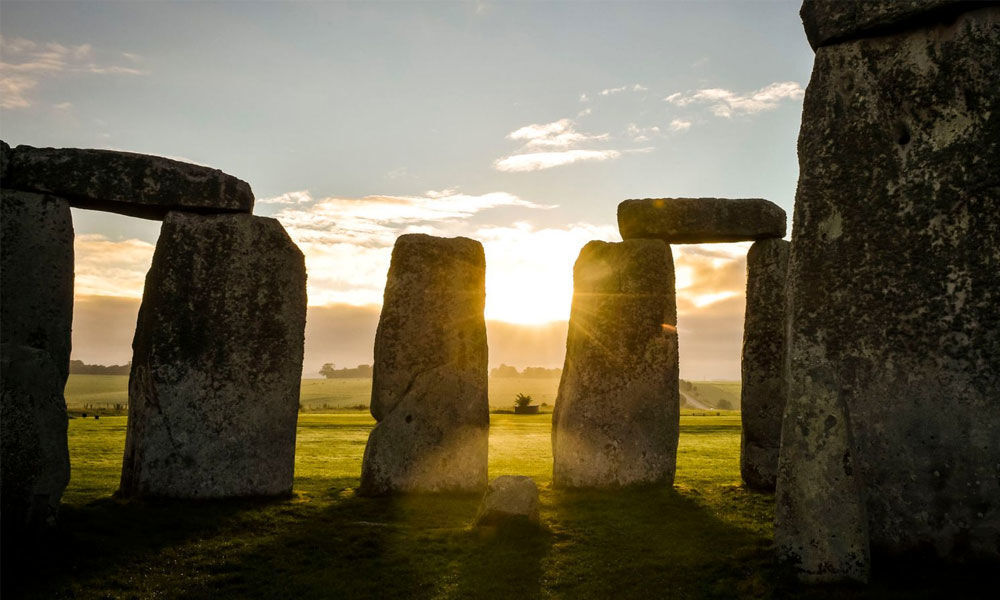Live
- Sold newborn traced in Raipur
- AIBOC warns of agitation
- 4 held from Gujarat in ‘digital arrest’ case
- 10 held for attack on MLA Himanshu
- BJD refutes allegations of Adani paying bribe to officials
- Will move Supreme Court if no action over MLA disqualification; KTR
- UN committed to communicating in Hindi, will expand programme: Official
- Food Safety Task Force raids nutraceutical manufacturing units
- TG govt fills over 53K vacancies in 1 yr
- DCP asks business entities to strengthen surveillance systems
Just In
Study of pig bones shows Stonehenge feasters came from far and wide


Archaeologists have found people travelled from Scotland, Wales and North England to take part in feasts at Stonehenge.
Archaeologists have uncovered evidence of early large-scale celebrations, with people travelling hundreds of miles for feasting rituals.
Four sites close to Stonehenge and Avebury, including Durrington Walls, Marden, Mount Pleasant and West Kennet Palisade Enclosures hosted feasts which drew people and animals from all over the country.
A study examining the bones of 131 pigs from four Late Neolithic complexes show that the animals came from as far away as Scotland, the North East of England and West Wales, as well as other sites in Britain.
Researchers believe that those attending the feasts may have wanted to contribute animals raised locally at their homes.
Before this study, the origins of the people who took part in the rituals and the extent of the journeys people would take, have been a mystery.
Study lead Dr Richard Madgwick, from the University of Cardiff, said: "This study demonstrates a scale of movement and level of social complexity not previously appreciated.
"These gatherings could be seen as the first united cultural events of our island, with people from all corners of Britain descending on the areas around Stonehenge to feast on food that had been specially reared and transported from their homes."
The Neolithic henge complexes in southern Britain were the focal point for gatherings in the third millennium BC.
Pigs were the main animal used for food and analysing them provides the best indication of where people who feasted at the sites had come from originally.
Researchers used isotope analysis, identifying chemical signals from the food and water the animals consumed, to determine the geographical areas where the pigs were raised.
It's provided the most detailed picture of the degree of mobility across Britain at the time of Stonehenge.
Dr Madgwick added: "Arguably the most startling finding is the efforts that participants invested in contributing pigs that they themselves had raised.
"Procuring them in the vicinity of the feasting sites would have been relatively easy.
"Pigs are not nearly as well-suited to movement over distance as cattle, and transporting them, either slaughtered or on the hoof, over hundreds or even tens of kilometres, would have required a monumental effort.
"This suggests that prescribed contributions were required and that rules dictated that offered pigs must be raised by the feasting participants, accompanying them on their journey, rather than being acquired locally."
The study, Multi-isotope Analysis Reveals That Feasts In The Stonehenge Environs And Across Wessex Drew People And Animals From Throughout Britain, is published in the journal Science Advances.
Source: news.sky.com

© 2024 Hyderabad Media House Limited/The Hans India. All rights reserved. Powered by hocalwire.com






